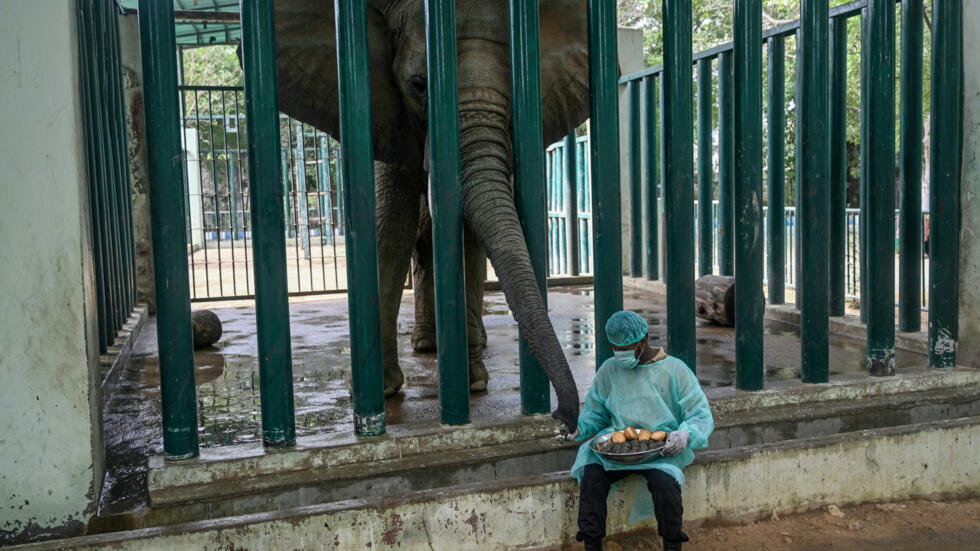Where did the coronavirus come from? Here is the WHO report

KATHMANDU: APRIL 1 – A report by the World Health Organization (WHO) on the origin of coronavirus has been made public.
A WHO team visited China to investigate the matter. The research team’s report provides some important information about the corona epidemic. WHO Director-General Dr Tedros Adhanom Ghebreyesus said: “This report is a good start but not the end. We don’t know the source of the virus right now. ” The document was prepared after research by a group of 17 Chinese experts and 17 international experts. The research team arrived in China in late January, where they spent 14 days visiting hospitals, markets and laboratories.
They collected official data, reviewed studies from other countries, and analyzed samples taken from farms to supply the South Chinese market. However, the investigation was carried out under the strict control of local authorities, who initially opposed it.
Four conclusions about the origin of the virus
The 120-page report lists four possibilities for the origin of the virus and how it spread to humans. Experts conclude on the basis of the evidence found here.
How did the virus spread from animals to humans?
According to the report, there is strong evidence that the coronavirus, which reached humans, originated from animals.
According to the document, the virus may have been transmitted to humans through the skin. Chameleon is an organism that carries many viruses. It can spread easily to humans. The report states that the virus may have been transmitted to humans through Pangolins or Mink.
There is a possibility of another organism spreading the infection from animal to human
According to the report, the first animal to be infected with the corona may have infected another animal before humans. The second infected animal may have re-infected humans.
This is based on the fact that there are some differences between the many SARS-CoV-2 viruses found in Bat that indicate that a ‘link’ is missing in between. The missing link may be an animal that has been in contact with both the infected animal and the human for the first time.
According to the document, a growing number of animals that are highly susceptible to SARS-CoV-2 are also included in wild animals that are reared for farming. According to researchers, this possibility leads to a problem that is difficult to solve.
Possibility to reach people through food items
According to the hypothesis, the Covid-19 virus is transmitted to humans through food containers or containers. It contains frozen food, which is commonly sold in the Wuhan market.
There is evidence for this possibility. SARS-CoV-2 infected frozen products may persist. In recent times, this has been repeatedly emphasized in the Chinese state media. They are referring to goods coming from abroad.
However, according to WHO documents, there is no conclusive evidence of SARS-CoV-2 virus transmission through food, and the chances of the virus spreading from the cold chain are slim.
The virus is less likely to spread to humans from a laboratory
An accident in a laboratory has also suggested that the virus may have spread to staff there. An undisclosed document clarifies that someone may have spread the virus on purpose.
They have not inquired as to whether the virus was created in a laboratory, as this possibility has already been ruled out by other scientists based on an analysis of the virus genome. The report acknowledges that such accidents are rare in the laboratory but are likely to occur.
The document states, “People may be infected in the laboratory due to increased safety of the virus, vaccination in animals or limited safety or negligence when working with clinical samples.” However, the report states that “before December 2019, no laboratory has found a record of genes that form SARS-CoV-2 genomes associated with SARS-CoV-2 genomes.”
According to the WHO, the three Wuhan laboratories working on coronaviruses have “high-quality biosafety standards. Not a single employee here had any symptoms related to Covid-19 since December 2019 months or weeks ago.
However, Tedros Adhanom says more data or studies are needed to reach a more concrete conclusion about the spread of the virus from the laboratory. “The team has concluded that the virus is less likely to leak from the laboratory,” he said. More research is needed. “










